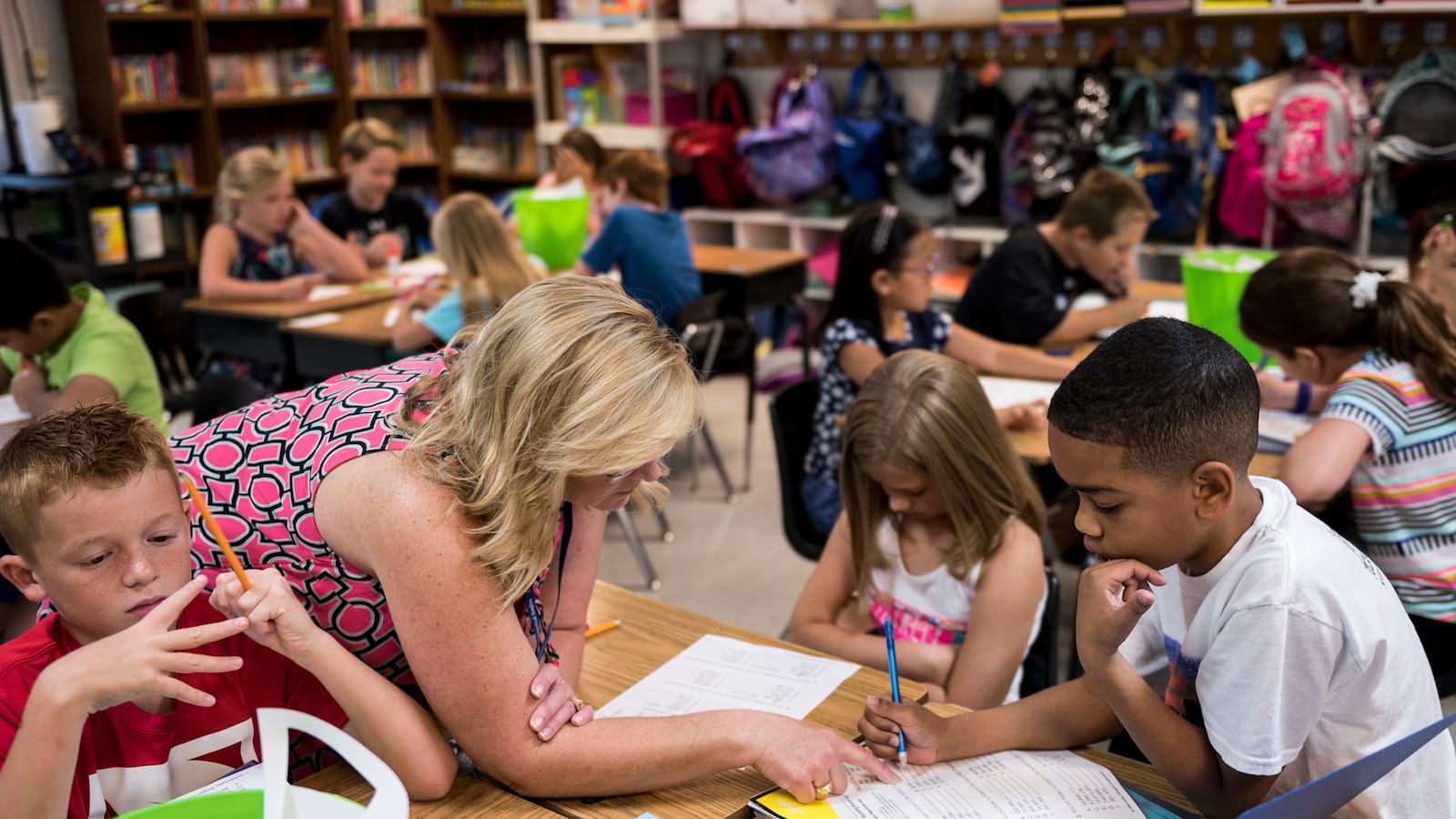Just five years ago, Tennessee students who were poor, minority, or male were disproportionately labeled as having a learning disability that would stick with them through their school career.
Today, the rates of minority and non-minority students identified with disabilities are nearly equal statewide, while the gap between males and females being placed in special education has decreased. Also notably, the number of students identified with specific learning disabilities has dropped by a third.
State officials are hailing a personalized learning program launched in 2014 for improved equity statewide and a decrease in special education referrals. Called Response to Instruction and Intervention, or RTI2, the national model aims to keep struggling students from falling through the cracks by identifying them early and tailoring academic instruction to meet their needs.
A report released Monday by the Tennessee Department of Education suggests that, before RTI2, a large contingent of the state’s struggling students were being misidentified as having learning disabilities because their instructional needs simply weren’t being met.
The program has led to major changes in Tennessee schools and classrooms, especially in elementary schools where it was rolled out the first year. Districts have shifted staffing and scheduling, purchased tools to gauge student needs and progress, and reconfigured professional development and meeting structures to incorporate new data.
“We cannot overstate the impact of this work,” the report said.
But state leaders are quick to point out that the program isn’t a silver bullet, and that challenges and learnings emerge with each year of expanding RTI2.
Like last year’s review of the program, this year’s report notes that its impact varies considerably from school to school — and that educators aren’t always getting consistent guidance and support.
Funding is a problem too. The State Board of Education adopted the model in 2014 when Tennessee’s new academic standards appeared to be leaving lower-performing students behind. But the unfunded state-mandated model left many districts struggling with logistics and how to find and pay for qualified staff to lead the required periods for providing students with personalized instruction.
This year for the first time, Gov. Bill Haslam is asking for state funding to help districts with RTI2. His proposed budget includes $13.3 million that would pay for at least one interventionist per district, along with additional resources, trainings, and tools to strengthen the program.
RTI2 is now in place in all public K-12 schools statewide but launched just last school year in high schools — a rollout that has been especially challenging. The report notes that only half of those teachers say that the new program is helping students learn, compared to three-fourths of elementary school teachers. It also notes that — because the model depends heavily on collaboration among classroom teachers, interventionists, and special educators — struggles around scheduling and collaboration are heightened in high school.
“It still feels like we are trying to adapt an elementary-focused model to high school needs, and it is not working well,” according to one school psychologist.
In response to such criticisms, department representatives will criss-cross the state in the next few months to gather feedback on RTI2 at regional meetings that will inform the state’s next round of revisions.
You can learn more about RTI2 here.

